What’s behind Switzerland’s caution over unfreezing Russian assets to aid Ukraine?

Calls are mounting on both sides of the Atlantic for frozen Russian assets to be released to fund Ukraine’s war and reconstruction costs. Switzerland is under pressure to do more. But it’s not that simple.
As Russia’s war in Ukraine drags on into its fourth year with no end in sight, the financial burden of the conflict has led to a growing reluctance by the new US administration to provide military and other assistance to Kyiv.
While the temporary halt of military aid by the US in March has stirred Europe to boost its own support for Ukraine, calls have also been growing from a number of European leaders as well as Trump himself for Russia’s frozen state assets to be used to finance Kyiv’s war efforts. The European Union, which is sitting on some €200-300 billion (CHF185-279 billion) of Russian central bank cash, is already using the interest earned on the assets to support Ukraine.
At the end of March, Spain’s foreign minister called for the EU to consider legal options that would allow it to use those seized assets to aid Ukraine’s defence. He was speaking ahead of a meeting held on March 31 which gathered foreign ministers from the G5+, a new group set up to respond to shifting US policy on Ukraine and Europe and which comprises Germany, France, Italy, Poland, Spain, the United Kingdom and the EU.
Ambiguous Switzerland
Switzerland, a traditionally neutral country, has been ambiguous in its response to the war. It initially hesitated with its response to Russia’s invasion of Ukraine, although it subsequently adopted various EU sanctions.
But last year, when the bloc decided to allocate €1.5 billion in interest earned on frozen Russian sovereign assets to help Ukraine, Switzerland did not follow suit. That’s because it is bound by both domestic and international obligations, which limits its ability to act. Foreign Minister Ignazio Cassis has maintained that there is no legal basis to allow the government to permanently seize the assets, and by acting outside of the law it risks losing its international credibility. The issue has also triggered heated debate over the country’s neutral status.
In early 2024, the EU adopted rules allowing for the central securities depository of an individual member state to request permission from its supervisory authority to release any net profit generated from frozen Russian assets. A central securities depository is an institution that holds financial instruments for clearing and settlement and allows their ownership to be transferred easily. Euroclear, a securities depository in Belgium where most of the Russian central bank’s frozen assets are located, for instance, agreed to place €4 billion earned from unforeseen “windfall profits” into a special Ukraine fund in 2024.
But in July, the Swiss government said it was unable to generate “any extraordinary income in connection with the funds of the Russian central bank”, and that this was an issue specific to Switzerland.
CHF7.45 billion in Russian state assets
At a briefing at the end of March, the State Secretariat for Economic Affairs (SECO) disclosed that Russian state assets frozen in Switzerland amount to CHF7.45 billion.
SECO spokesman Fabian Maienfisch told SWI swissinfo.ch in a follow-up email exchange that unlike the EU, its central securities depository “does not hold funds from the Russian central bank, meaning that no extraordinary income is generated.” The assets are instead held as liquid assets by commercial banks, and therefore do not generate windfall profits, the spokesperson wrote.
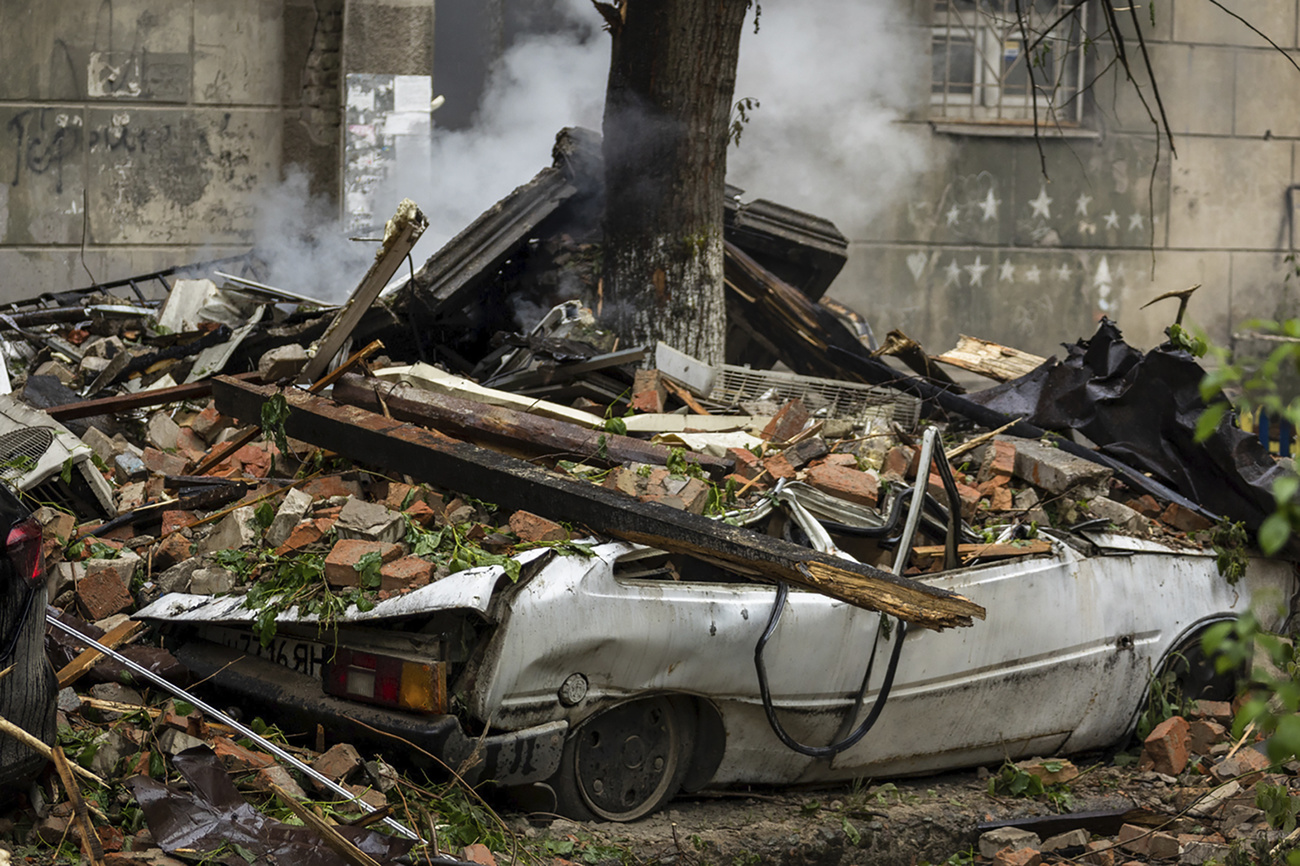
More
Switzerland and frozen Russian assets: where do things stand?
Swiss lawmakers have, however, made moves that open up the possibility of using frozen assets to support Ukraine’s post-war reconstruction. In March 2024, the upper house of parliament (Senate) approved measures for the government to work on an international legal basis for allowing any frozen Russian state assets confiscated in future to be redirected for Ukraine’s reconstruction, after they were accepted by the lower chamber (House of Representatives). The vote angered Moscow, which summoned the Swiss ambassador to protest the decision and threatened retaliation should it be implemented.
Even so, despite growing calls internationally for the Russian state’s frozen assets to be used to support Ukraine, the Swiss government has yet to make any public commitment. When asked by SWI at the briefing whether the government is considering such a move, a SECO official would only say that it is “closely following discussions” in the EU on the issue.
The official added that Switzerland is also watching the debate within the EU about releasing larger sums of frozen Russian state funds and is awaiting the outcome before deciding on its own policy direction.

Risks of releasing funds to Ukraine
In spite of calls within the EU for the frozen Russian state assets to be seized and utilised to aid Ukraine, there is concern that using the assets themselves, rather than merely the profits they generate, may set a dangerous precedent. European Central Bank President Christine Lagarde has warned that such action could undermine trust in Western currencies and damage confidence in the safety of reserves held in euros or dollars, while others have cautioned of potential legal repercussions as well as direct and indirect countermeasures from the Kremlin.
At the close of the G5+ meeting in Madrid in March, the foreign ministers issued a statement that assets should remain frozen until the war in Ukraine ends. They should then be used to compensate the country for damage caused by Russia’s attacks, effectively brushing aside Spain’s call for their use as an “advance for war reparations”.
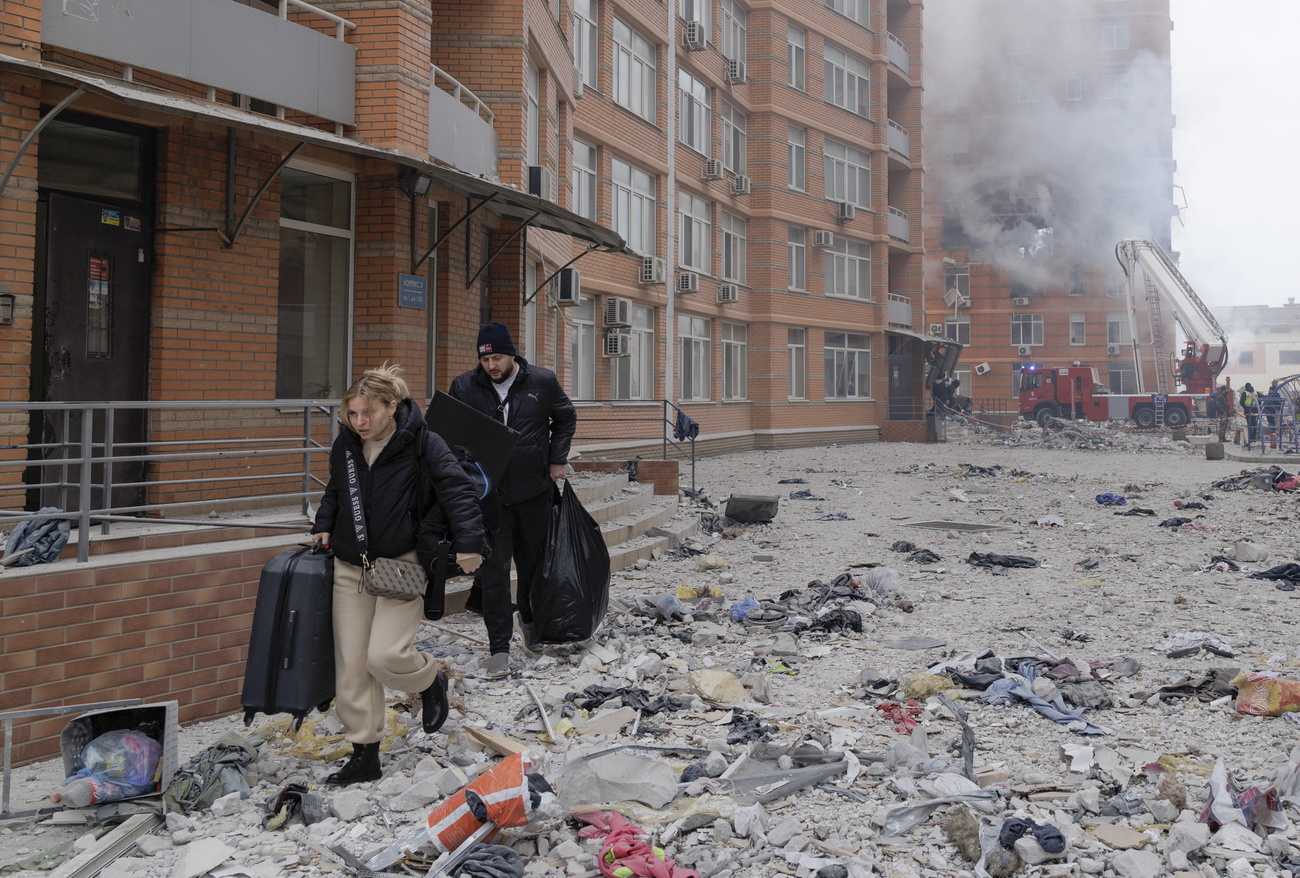
More
Swiss Senate Commission rejects using Russian assets for Ukraine reconstruction
The €200-300 billion of Russian central bank assets frozen in Europe would certainly dwarf the damage caused by the war and “legal means” should be found to enable the money to be released to support Ukraine’s reconstruction, Dmytro Marchukov, a cross-border litigation expert at the Kyiv-based law firm Integrites, told SWI swissinfo.
But even if the go-ahead were given to release and use the frozen assets, it would take time for any monies to reach Ukraine, said Marchukov, who attended a recent fraud, asset tracing and recovery conference in Geneva,.
“Had you asked me three years ago, I may have said several months as there was enough political will at the time,” he said. “But now, I think it will be years,” as the political will wanes.
“The aggressor is no longer being criticised for bombing residential blocks amid the perception that it wants peace, and stocks and tariffs have become more relevant and important than international peace,” said Marchukov. “For the assets to be released to Ukraine we need at the very least to return to where we were, but instead, we are floating away in the opposite direction.”
Edited by Nerys Avery/vm

In compliance with the JTI standards
More: SWI swissinfo.ch certified by the Journalism Trust Initiative

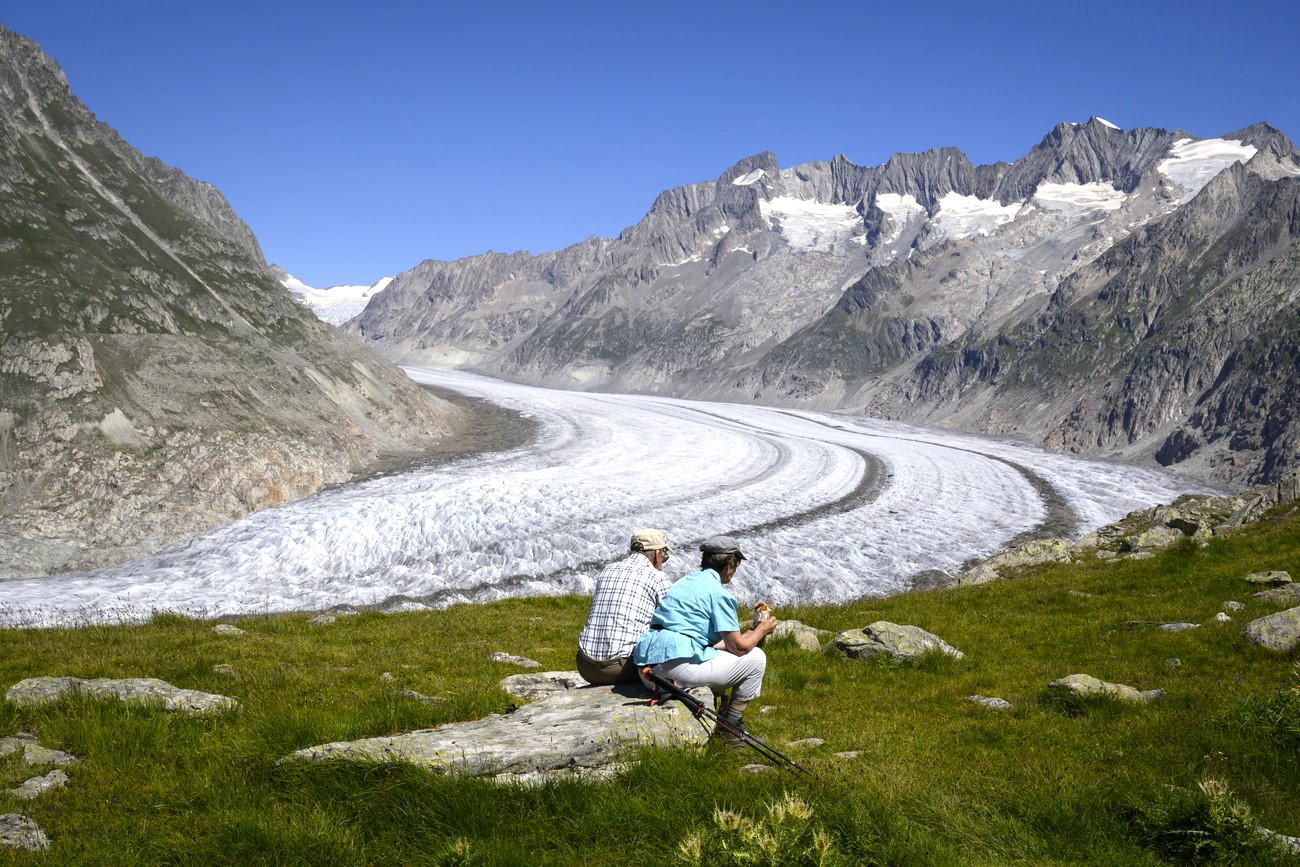
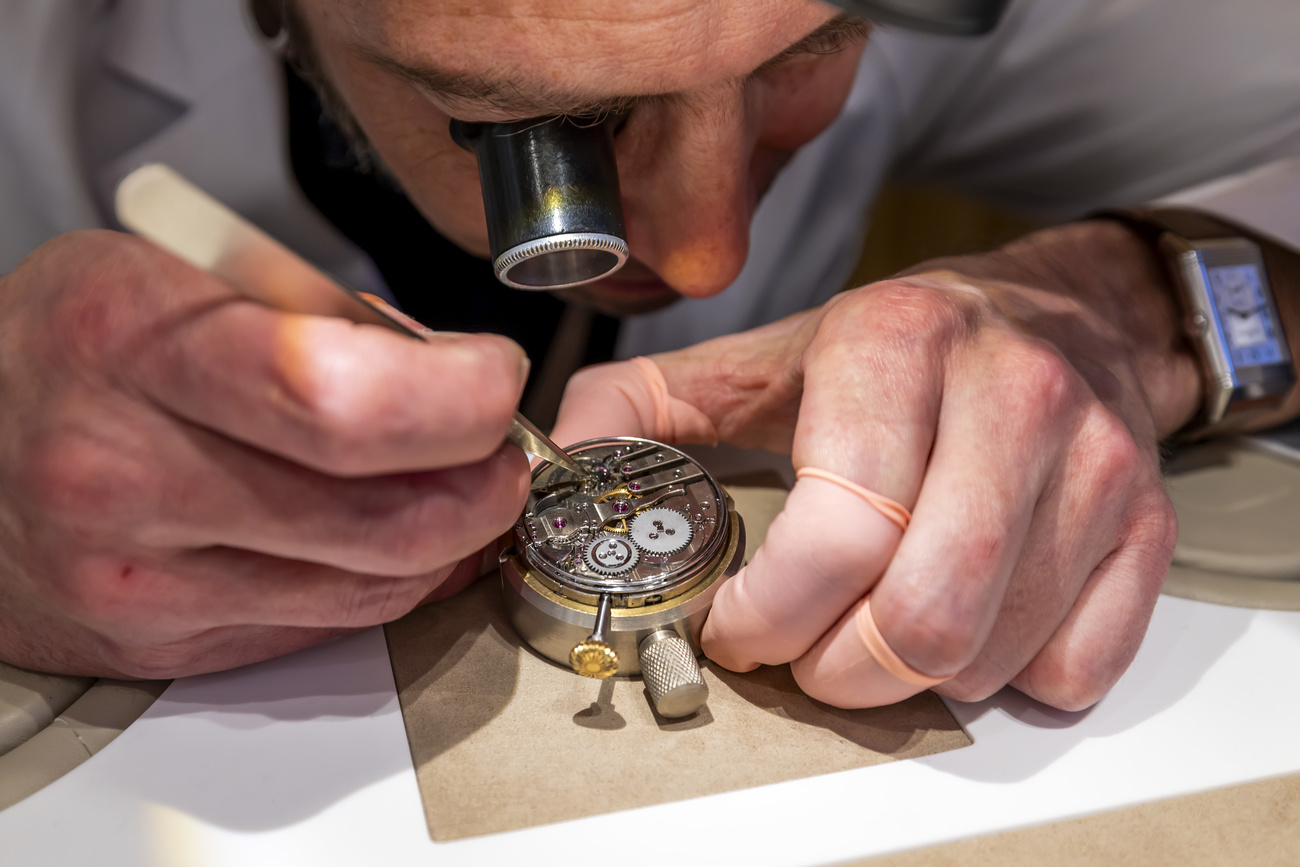
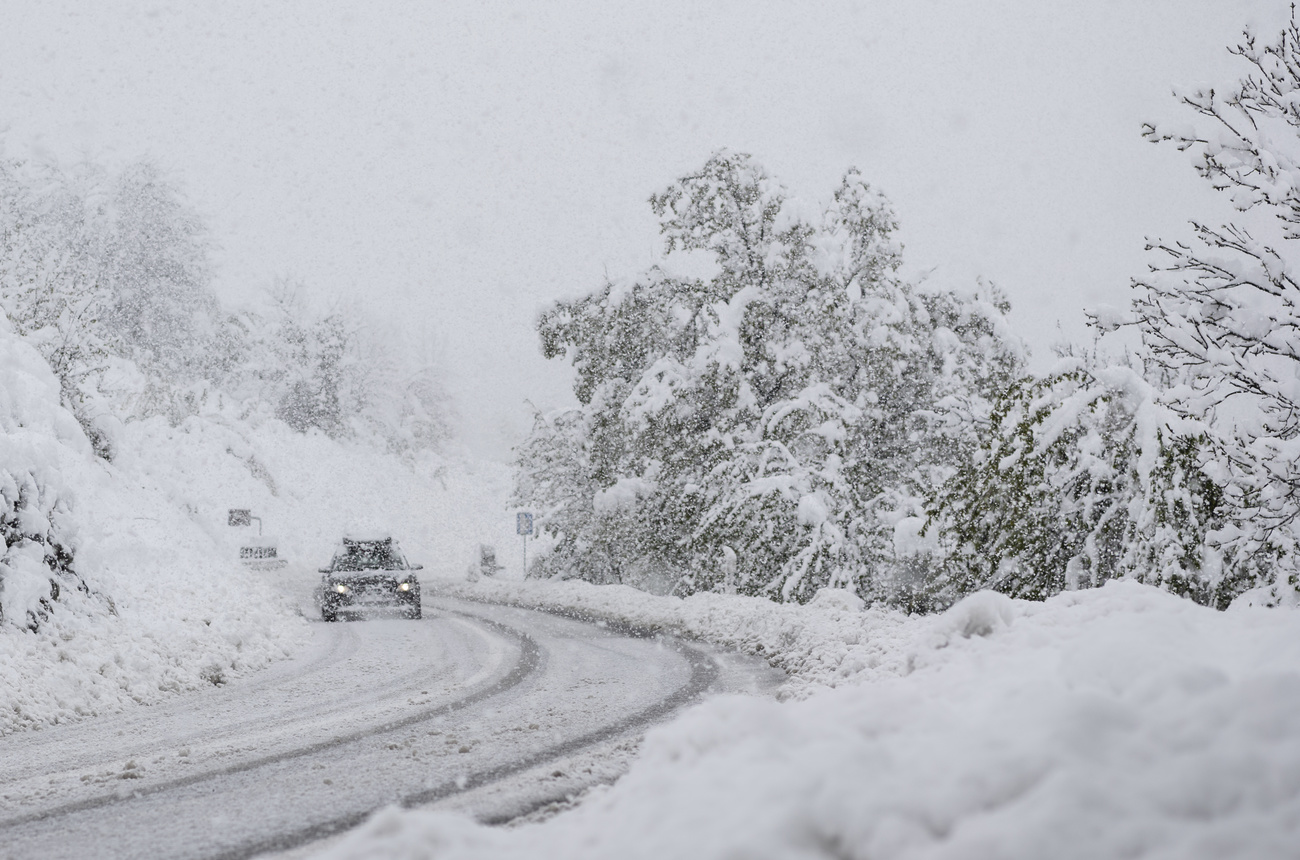

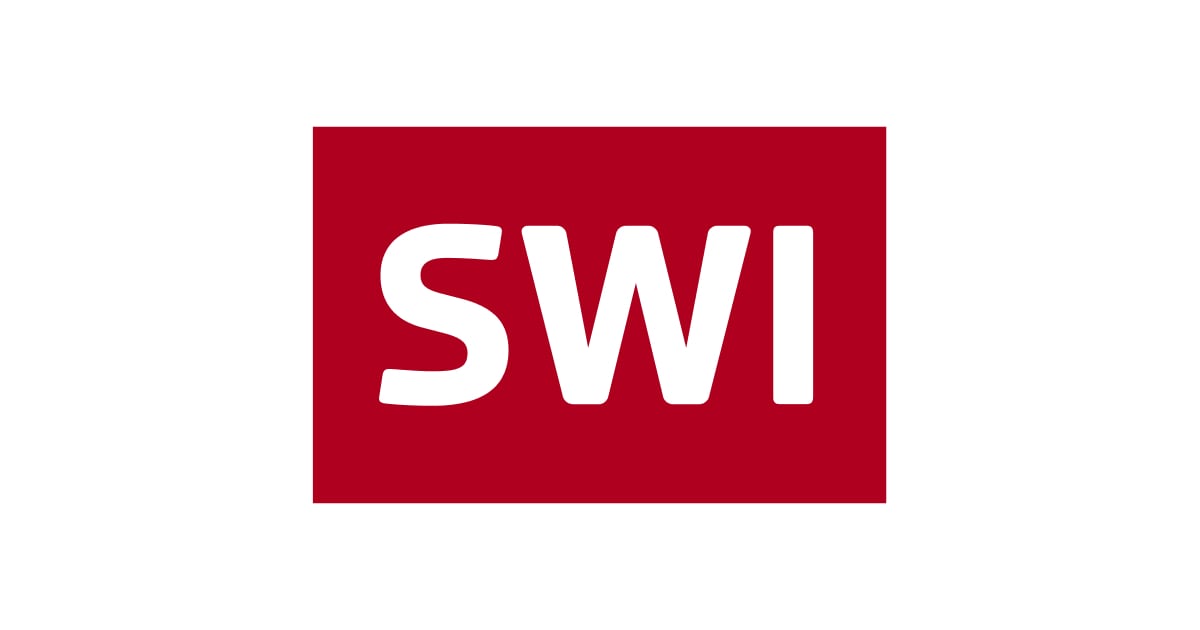



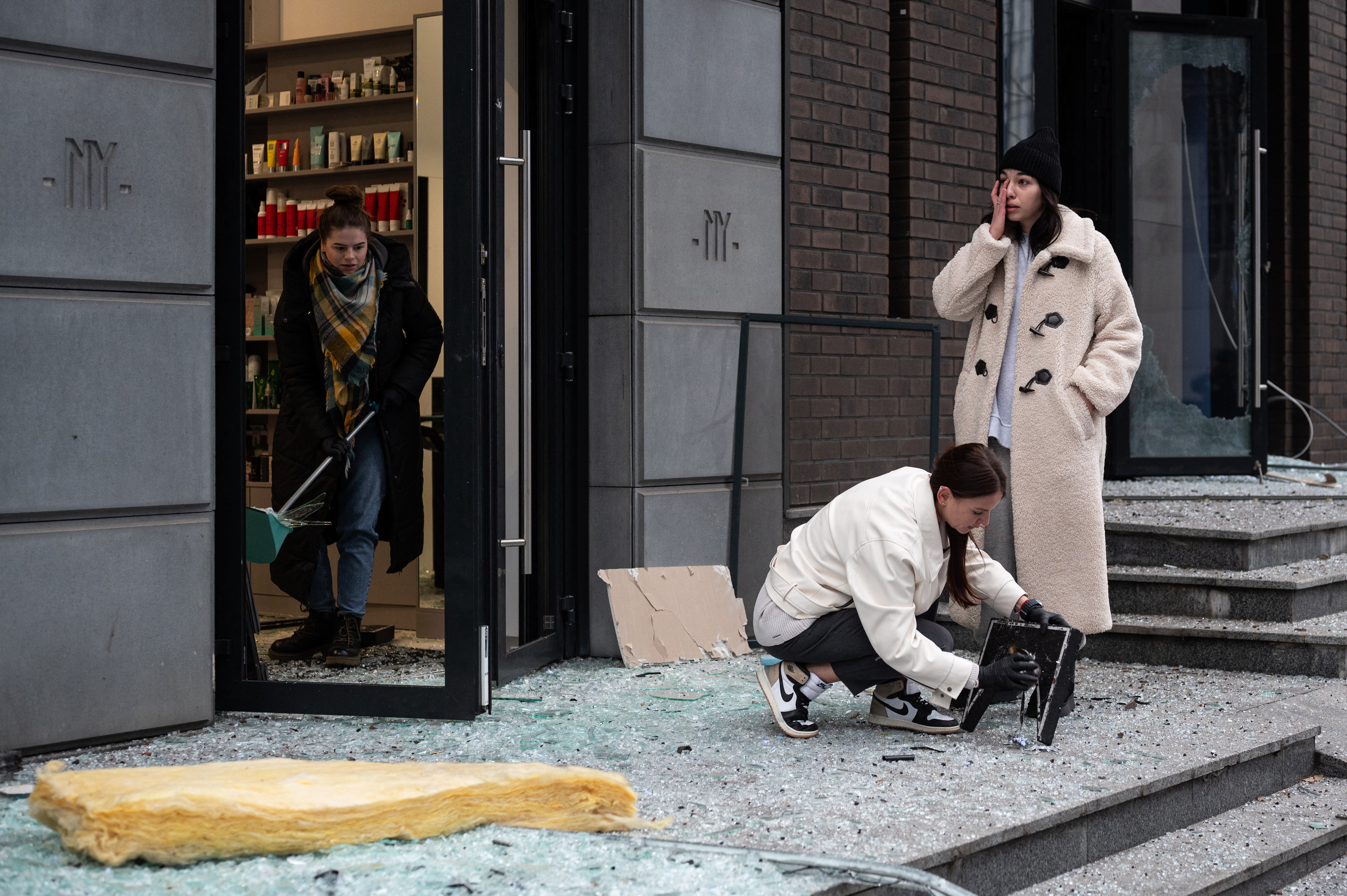
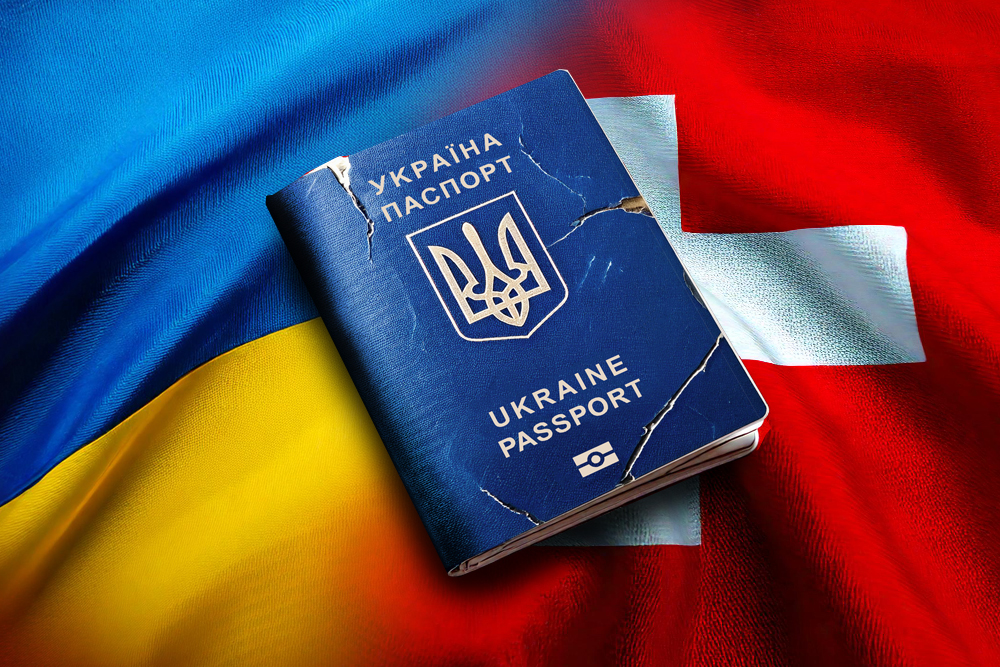
You can find an overview of ongoing debates with our journalists here . Please join us!
If you want to start a conversation about a topic raised in this article or want to report factual errors, email us at english@swissinfo.ch.